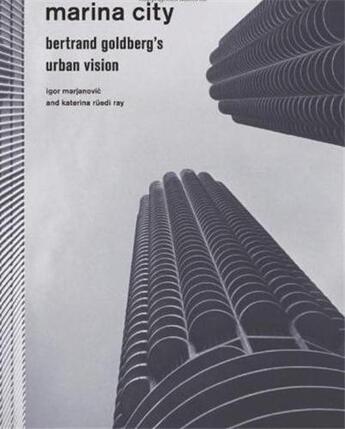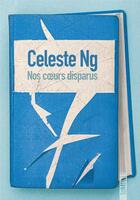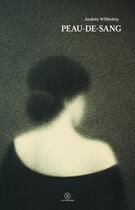Résumé:
Chicago has many iconic buildings, but perhaps none as instantly recognizable as Bertrand Goldberg's Marina City. Occupying an entire city block-number 1 of the original town of Chicago-the mixed-use riverside complex consists of two cylindrical sixty-five-story residential towers, a... Voir plus
Chicago has many iconic buildings, but perhaps none as instantly recognizable as Bertrand Goldberg's Marina City. Occupying an entire city block-number 1 of the original town of Chicago-the mixed-use riverside complex consists of two cylindrical sixty-five-story residential towers, a saddle-shaped auditorium, a midrise office building, and a rectangular podium comprising an open plaza with a variety of services. Each tower contains more than four hundred apartments and a continuous, upward-spiraling ramp of parking spaces. Built between 1960 and 1967 at a time when Chicagoans were fleeing to the suburbs, the hugely ambitious project was architect Goldberg's collaborative attempt at urban revitalization-as he called it, "a city within a city." Authors Igor Marjanovic and Katerina Rüedi Ray here present the first history of this architectural landmark. Featuring newly available archival texts, photographs, and drawings, this unique building's biography explores not only its architectural achievements, but also the ingenious marketing campaign and complex network of political partnerships necessary to realize Goldberg's urban vision. As the architect's beautifully designed brochures detailed, Marina City offered residents a self-contained world that included a theater, restaurant, bowling alley, health club, ice-skating rink, grocery store, a bank, and much more. It is no wonder that before it was finished 2,500 applications had been submitted to rent 896 apartments. From financing to the structural engineering, this one-of-a-kind volume fills in missing chapters of modern architecture, urban politics, and labor history.
Donner votre avis














